A Day in the Life of an Equipment Maintenance Technician
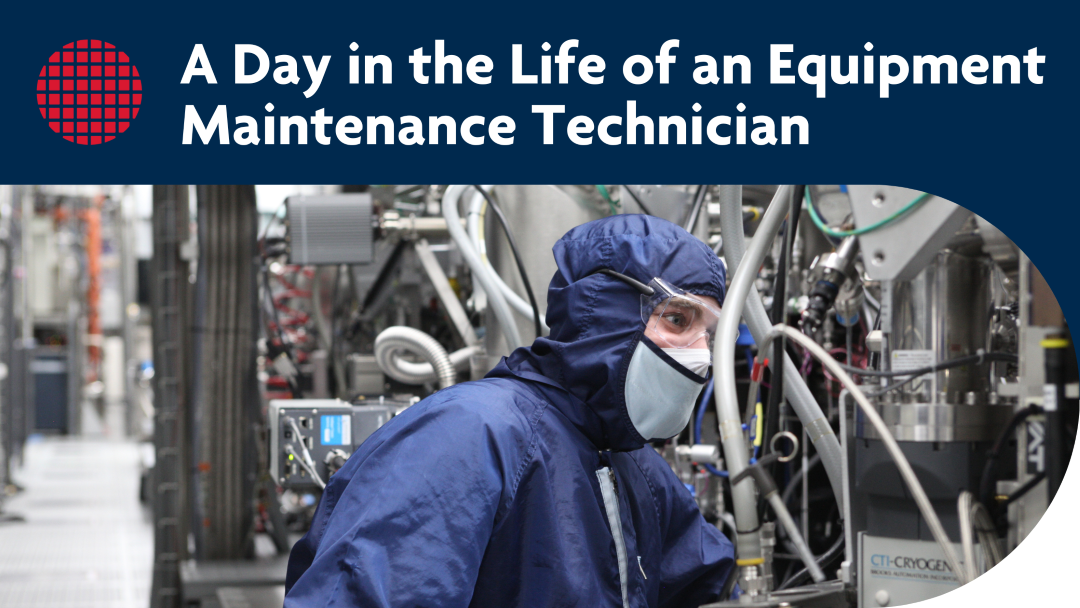
At Polar, our team of equipment maintenance technicians plays a vital role in our foundry achieving its semiconductor production goals. But what do maintenance technicians do? And how, exactly, does one get started down this rewarding career path?
We recently sat down with two Polar maintenance technicians and two maintenance managers—with over 50 years of combined experience—to discuss what it’s like working in such a unique and fast-paced industry.
WHAT DO MAINTENANCE TECHNICIANS DO?
As an equipment maintenance technician, it is your job to perform repairs and preventative maintenance on highly technical, multi-million dollar electromechanical semiconductor manufacturing equipment to ensure they’re always functioning at their optimal performance. You are responsible for monitoring, sustaining, and improving the equipment and/or processes in your assigned area while working in partnership with production team members and area engineers.
That sounds intense! What does a typical day look like for an equipment maintenance technician at Polar?
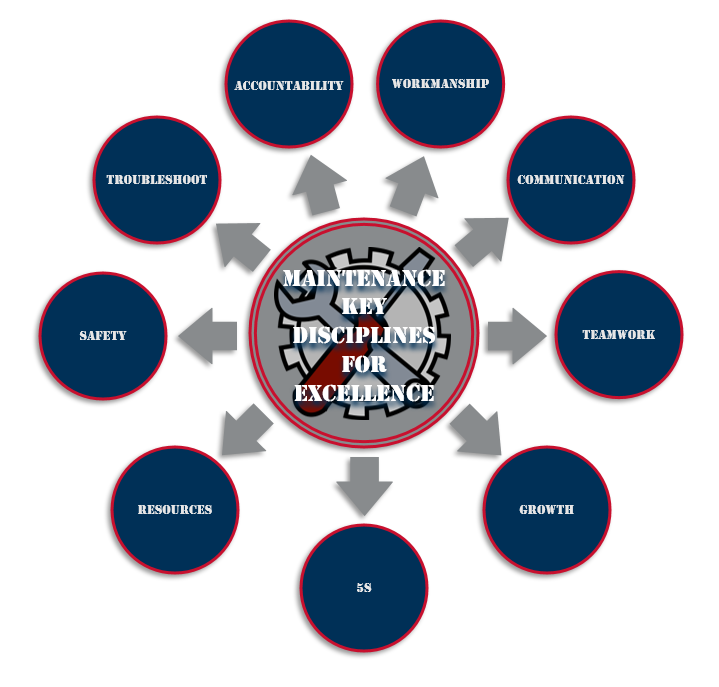
1. Arrive and get ready for your shift.
Like many jobs, a maintenance technician’s day begins with some standard preparation. When you first arrive, you need to scan your badge at the security checkpoint. If you bring a lunch, you can put it in the fridge, and then you head to your secure locker to store your personal items for the day.
2. Get into your cleanroom apparel.
After you clock in, you’ll head to the fab. Polar operates a Class 1 cleanroom facility—also known as a fab—so before you can enter the production area, you’ll need to head into the gowning room. There you’ll find a freshly cleaned “bunny suit” to wear, complete with a full-body gown, gloves, safety glasses, and special footwear. Once you’re fully suited up, you can head into the production area to begin your shift.
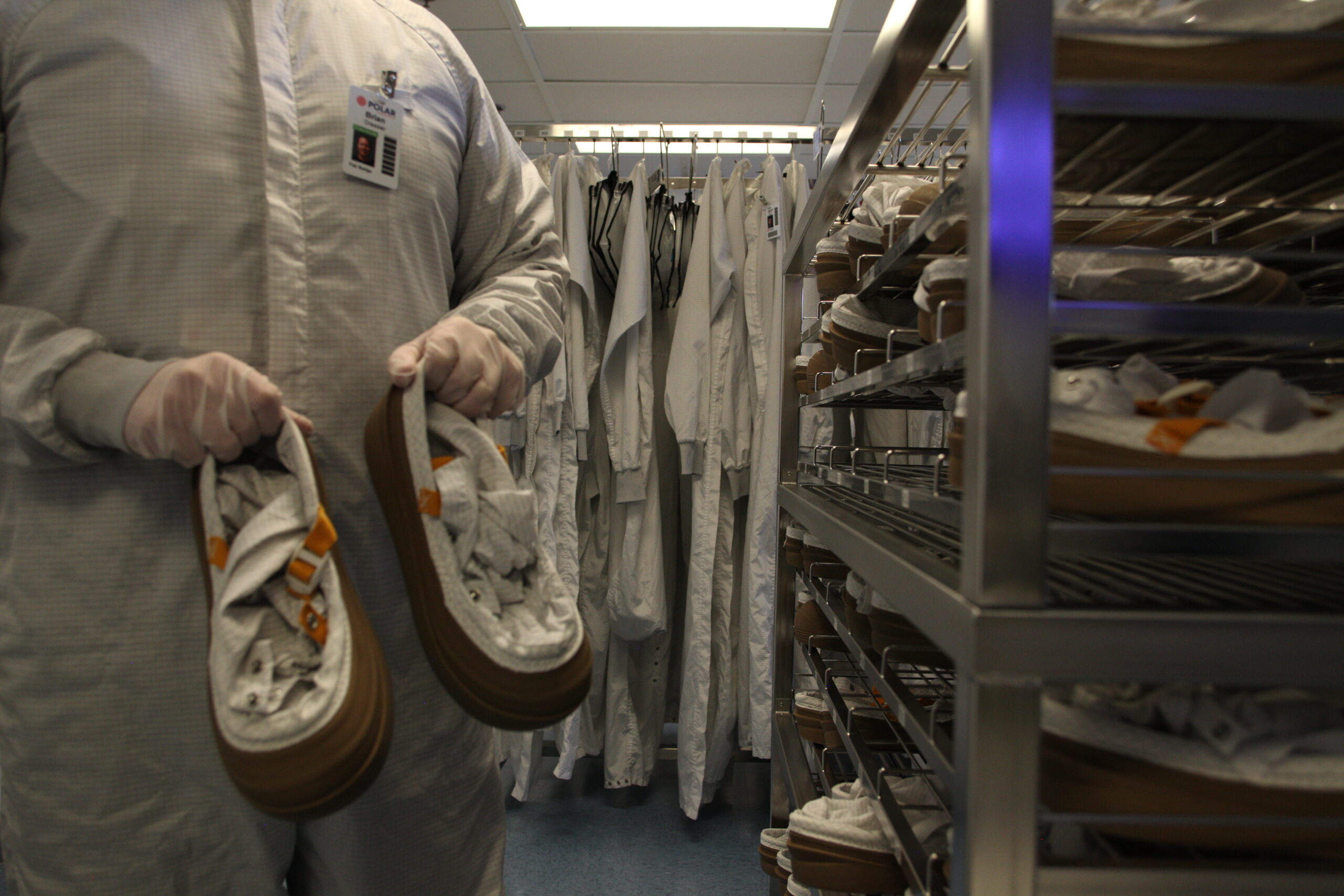
3. Head to your assigned area for pass-downs.
Your day will begin with what we call “pass-downs.” This is a roughly 15-minute transition period where the incoming and outgoing shifts meet to pass down the issues that still need to be addressed. Once all issues are passed down and the outgoing shift leaves for the day, you will prioritize the issues and plan for your day.
4. Troubleshoot and maintain all applicable equipment.
The bulk of your day will be spent repairing, calibrating, and performing preventative maintenance on key process equipment and systems. This includes engaging in systematic troubleshooting to identify the root cause of any equipment failures. In addition to your passed-down issues, every maintenance technician has a phone and will be notified when a machine in their area goes down and needs attention.
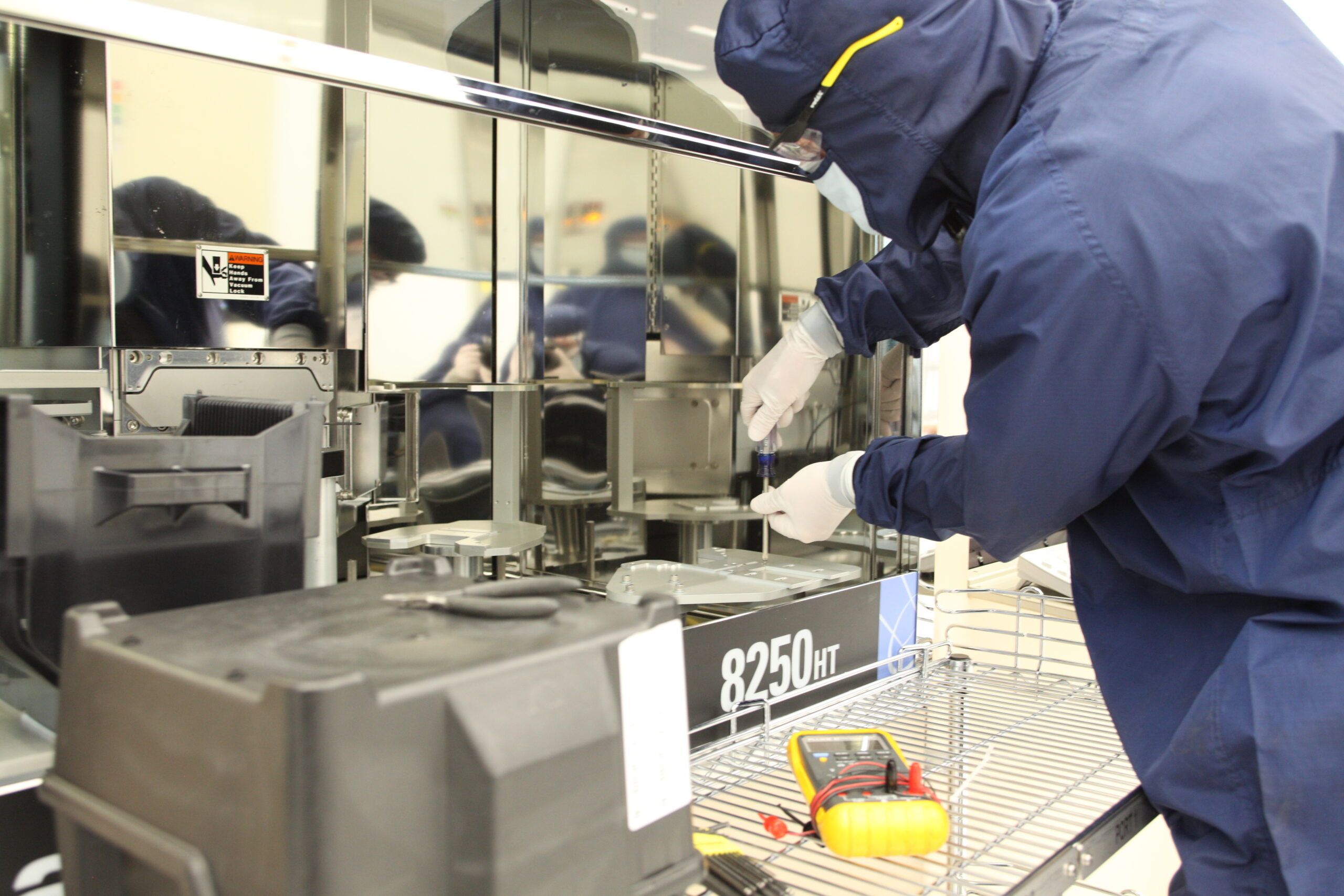
5. Document all maintenance activities.
One of the most important aspects of the job is your ability to clearly communicate with your team, including fellow technicians, fab operators, and area engineers. This involves the detailed documentation of all maintenance activities in our Equipment Management System. In addition, you are asked to provide content and submit updates for any controlled documentation, such as PM procedures, check sheets, and work instructions.
6. Enjoy a well-deserved (and paid) break.
At Polar, we work as a team to support our holistic needs, and paid breaks are a big part of that. Flexibility is the key to success here, as we always need to make sure the fab has adequate maintenance coverage. When it’s time for you to take your break, simply ungown when you leave the cleanroom and re-gown when you return. The same goes for your lunch break halfway through your shift.
7. Participate in the Emergency Response Team.
All equipment maintenance technicians are required to participate in our Emergency Response Team, or ERT for short. If there’s a medical emergency or gas is detected in the facility, for instance, an alarm will sound and the nearest ERT members would need to respond to the event. All new maintenance technicians are provided with thorough safety training and will be properly prepared to handle any emergency that may arise.
8. Perform work in a hazardous environment.
Periodically, you will be required to safely perform your work in a slightly more perilous environment, utilizing proper Personal Protective Equipment (such as an SCBA or respirator). While these areas may be deemed “hazardous,” they are never uncomfortable. Our facilities are 24/7 temperature and humidity-controlled, so many prefer this to being a maintenance technician in other industries, where you’re often required to be out in the elements—regardless of the season or weather conditions!
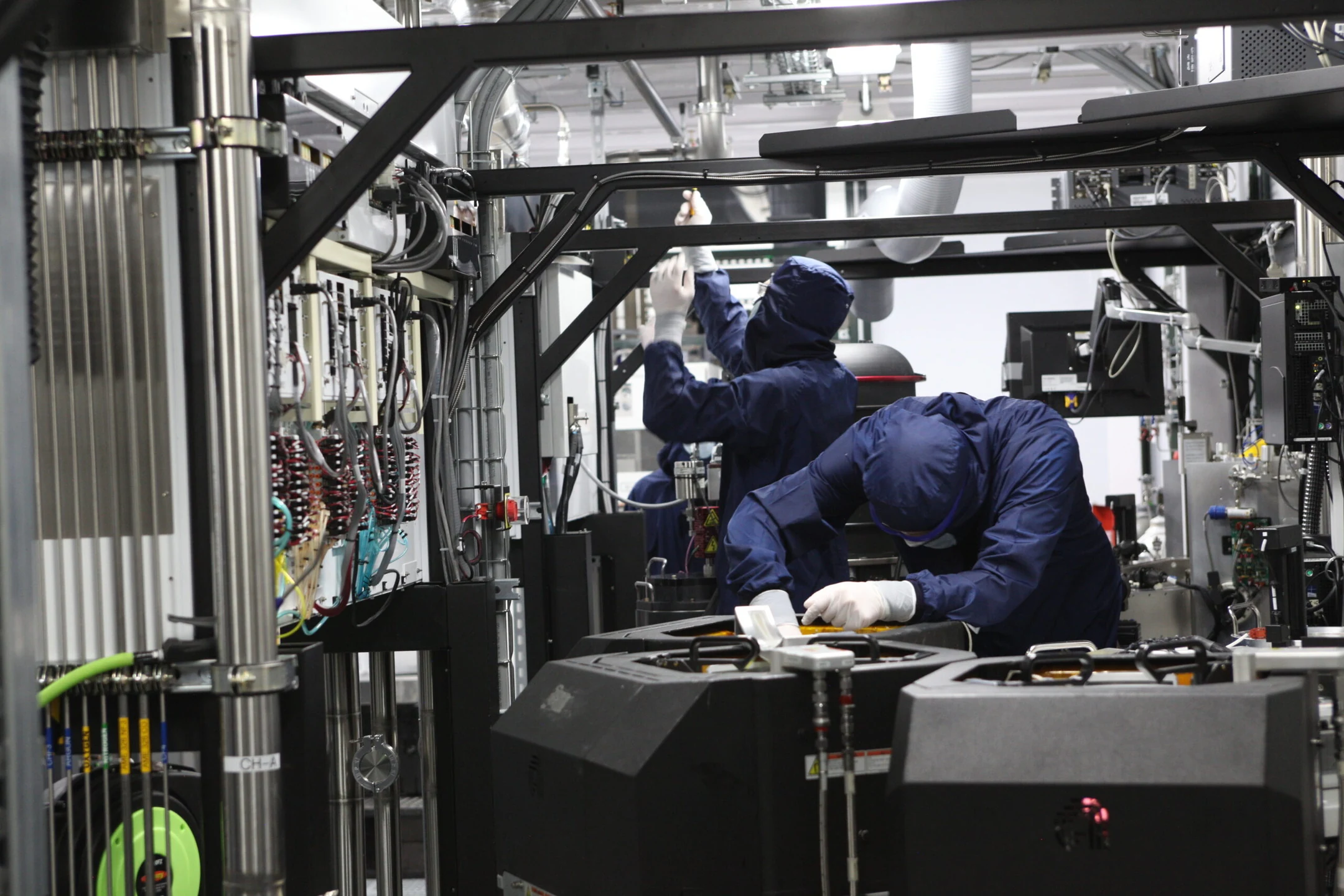
9. Pass down to the next shift.
Before you can call it a day, you’ll need to return the favor to the next shift by passing down any issues you didn’t have time to address. This helps ensure a smooth transition and sets up your colleagues for success. You’ll also check in with your manager or area lead to inform them you’re ready to leave and answer any questions or concerns they may have.
10. Ungown, clock out, and enjoy some YOU time.
As you leave the cleanroom, you’ll head back to the gowning room one last time. Your gown, hood, and footwear can all be placed into a basket for laundering. Your gloves and hairnet can be disposed of. Then you punch out, head through the security checkpoint, and out the Polar doors—the rest of the day is yours. We look forward to seeing you again soon!
WHAT ADVICE WOULD YOU GIVE TO SOMEONE CONSIDERING A CAREER AS A MAINTENANCE TECHNICIAN?
We asked our group of equipment maintenance technicians to share some of the things they wish they had known when they first started at Polar. Here’s what they had to say:
- “When I started out, I didn’t know semiconductors were a thing. I knew what an IC chip was, but not what was inside of it. Explore. Gain knowledge. When you understand what it is we’re doing, it can blow your mind. It’s so fascinating.”
- “This role is for someone who wants to be hands-on. If you’re interested in science and enjoy being up and moving, you’ll love this job. If you don’t like working with your hands, pick a different career.”
- “The equipment in this industry is very specialized. It’s not like a normal manufacturing facility. Semiconductors go off in a lot of different directions, and you need to be able to keep up.”
- “Training and onboarding are different for each person. We go through a week of maintenance orientation and learning the software systems. Once you’re dedicated to a trainer, it usually takes 3-6 months to get certified on your first system. Then you can be self-sufficient and operate equipment on your own.”
- “Get to know the people you work with. Everyone—not just your group. There are a ton of interesting people here.”
- “The semiconductor industry is a great career. The clean-controlled environment will challenge you mentally, but you’ll get used to wearing the bunny suits.”
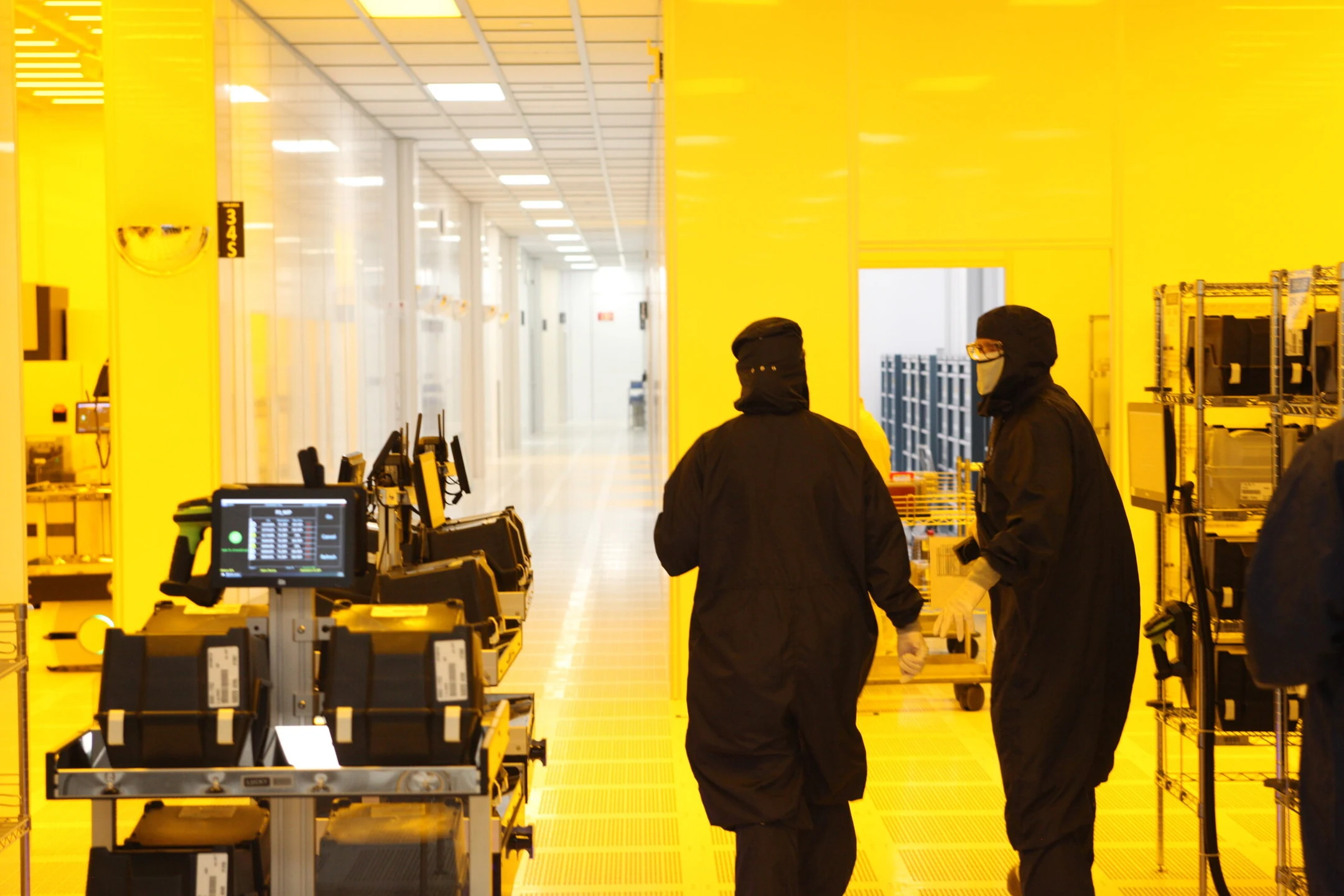
“Every day is different. One day you’re troubleshooting electrical problems or fixing a failed gear or belt and completely redoing that. You have to want to be challenged.”
WHAT ARE THE SKILLS AND REQUIREMENTS FOR MAINTENANCE TECHNICIAN JOBS?
To be a qualified equipment maintenance technician, most foundries require a minimum of an associate degree or other relevant curriculum, or a combination of education and substantial experience directly related to semiconductor manufacturing.
At Polar, we hire a lot of people with equivalent military experience, such as those who work on tanks or vehicle electronics. Radio technicians and those who’ve worked on Navy ships are also really good candidates.
We also hire a lot of technicians with degrees in electromechanics, robotics, and mechanical engineering. This includes recent graduates with two-year degrees from local technical schools.
Having some experience with semiconductors is a big advantage because you’re already familiar with the types of equipment we use, but it’s not required. We hire people with a wide range of backgrounds, such as solar energy and medical manufacturing. The most important thing is that you have strong mechanical and electrical skills so you don’t have to build those from scratch. We can always teach you how to work on our specific machines.
From there, anything else is gravy. If you understand LPCVD and Diffusion processes and have knowledge of SPC, you’ll likely distinguish yourself from the rest of the candidate pool.
WHAT TYPES OF SHIFTS ARE AVAILABLE AT POLAR?
At Polar, you’re supporting a 24/7/365 facility, which means you’re doing shift work—and it won’t necessarily be a 9-5 job. The rotating two-week cycle offers three days off one week and then four days off the following week. This allows for a strong work-life balance with plenty of focused family time.
We currently have 4 shifts available for maintenance technicians: M, N, O, and P.
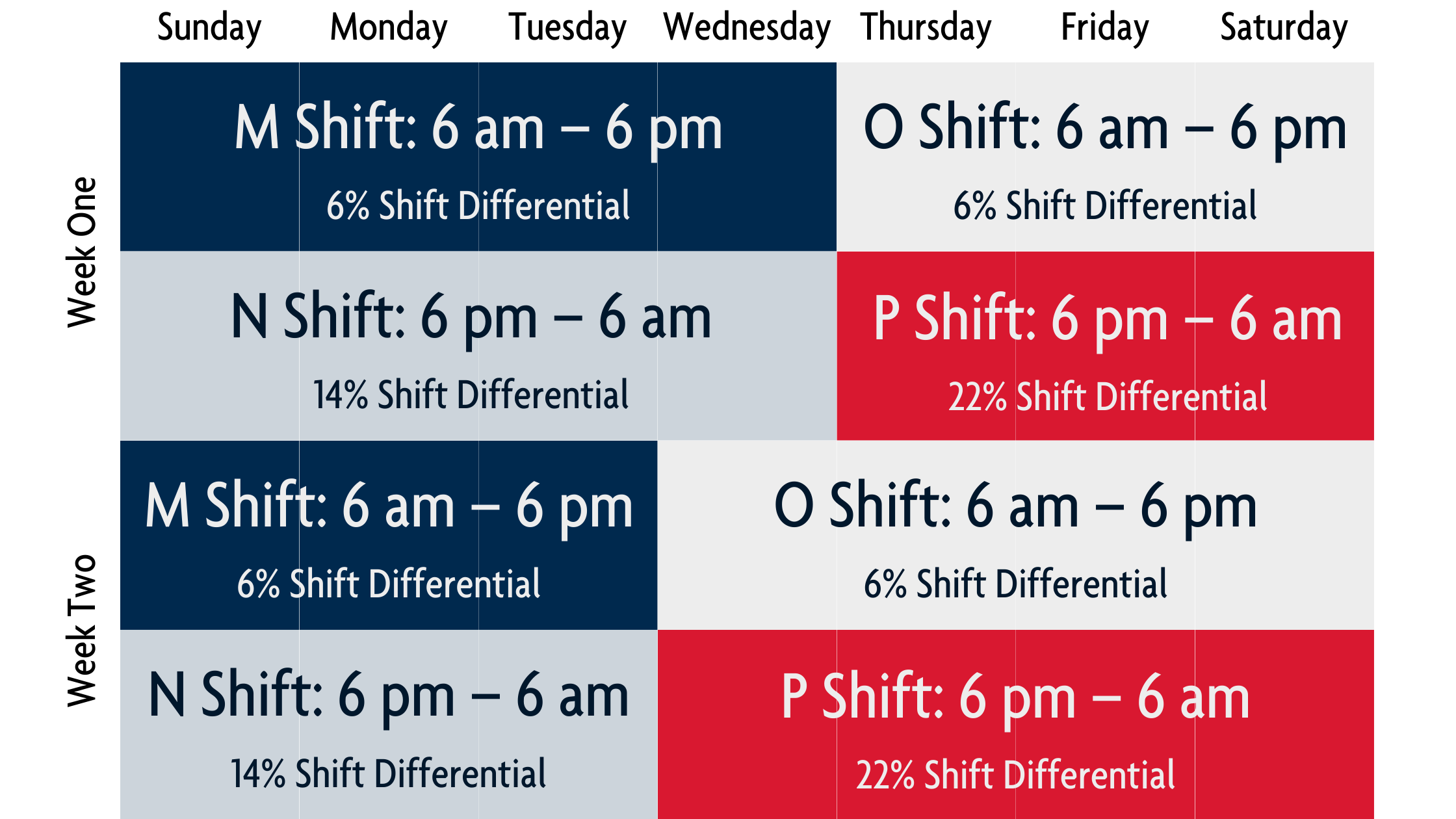
- M Shift (Days): Sunday through Tuesday and every other Wednesday, 6 am – 6 pm.
- N Shift (Nights): Sunday through Tuesday and every other Wednesday, 6 pm – 6 am.
- O Shift (Days): Thursday through Saturday and every other Wednesday, 6 am – 6 pm.
- M Shift (Nights): Thursday through Saturday and every other Wednesday, 6 pm – 6 am.
Note: Exact start and end times for shifts may vary.
HOW MUCH DO MAINTENANCE TECHNICIANS MAKE?
Like with any position, the amount an entry-level equipment maintenance technician can make depends on several different factors, such as their shift, skillset, and experience.
If you’re coming straight from a 2-year associate degree program, you can currently expect a base pay of around $27 per hour. We also currently offer a substantial sign-on bonus of $7,500, with $5,000 paid out after your first six months on the job, and the remaining $2,500 after you’ve been with us for a full year.
Our day shifts (M and O) come with a 6% shift differential, which means we will pay you an additional 6% for working that shift. Our night shifts (N and P) on the other hand, come with shift differentials between 14–22%. There is also additional overtime available every other week.
On top of that, we offer a quarterly bonus of $325 for being a part of the emergency response team. We also have an annual incentive program, so you are rewarded for all the great work you do! And when you continue to learn and grow in your skills, we have plenty of growth opportunities available so you can continue to advance in your career.
WHY WORK FOR POLAR?
Polar offers a work environment that will grow your skills, challenge you daily, and recognize your unique contributions.
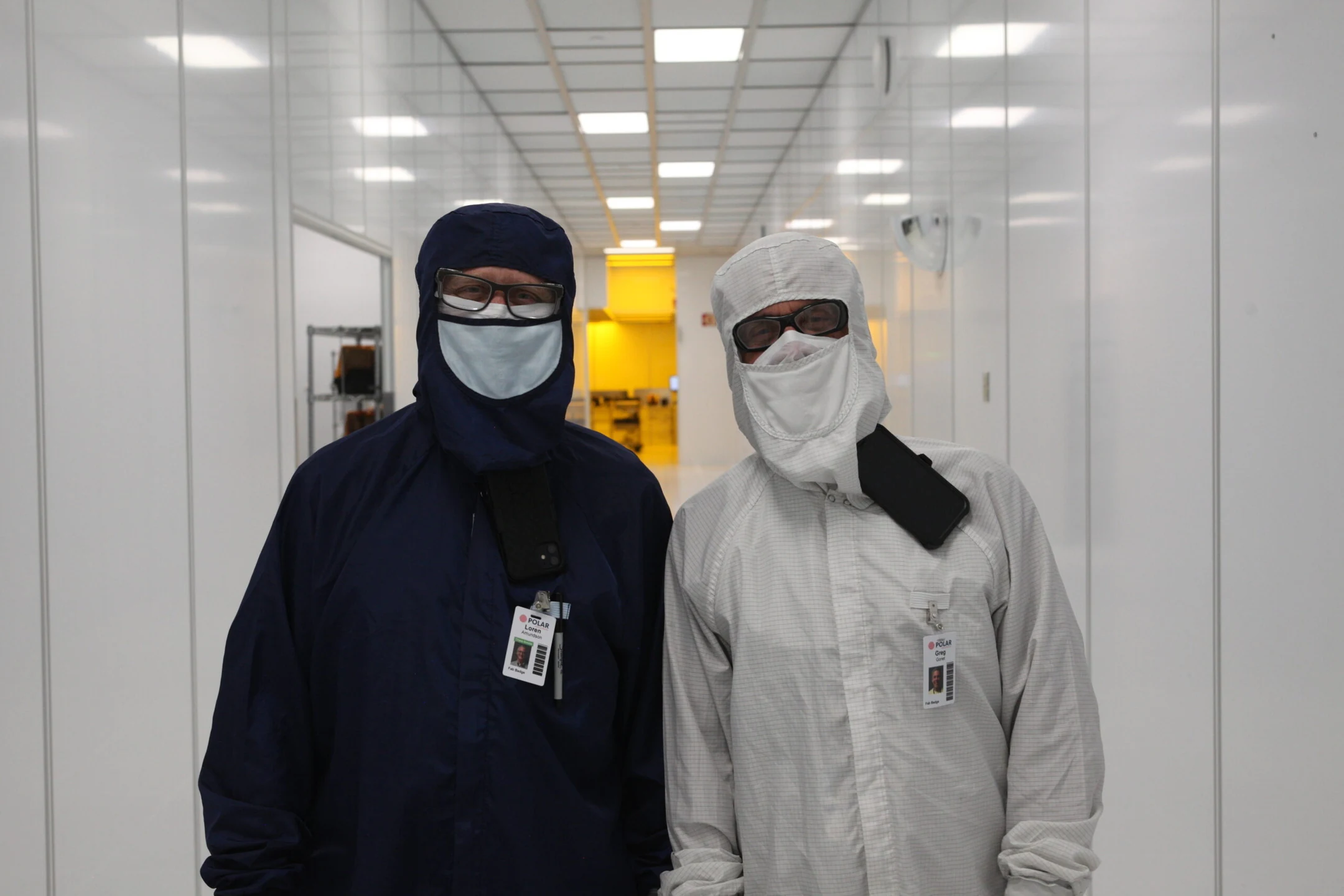
Polar is the kind of company that’s small enough for your voice to be heard, yet big enough to make a global impact. We offer highly competitive salaries and benefits, a dynamic and progressive work environment, and excellent opportunities for continued education and career advancement.
We’re quite confident you’ll enjoy being a valued member of the growing Polar team. We encourage you to visit our careers page to learn more and check out our current openings to apply for maintenance technician jobs that are right for you!
